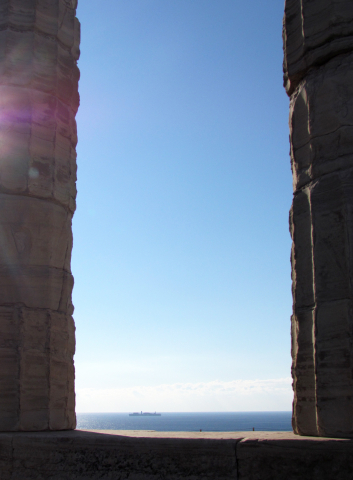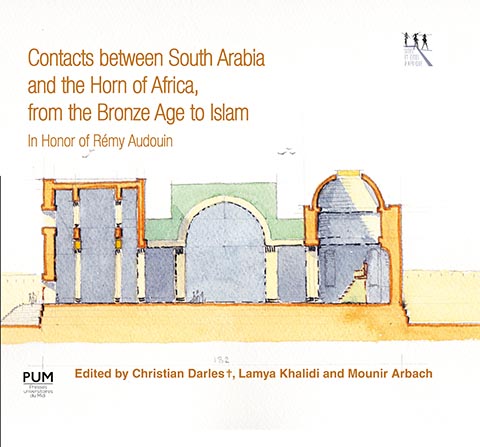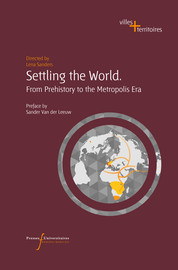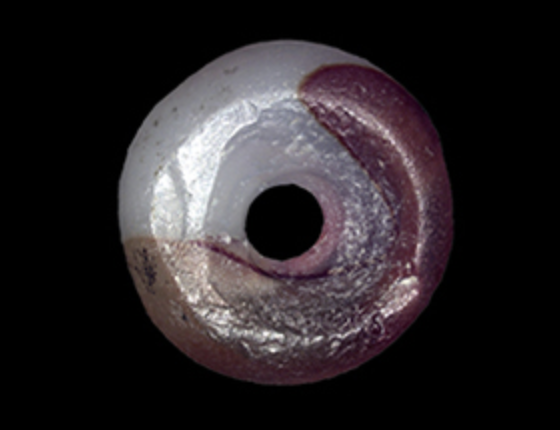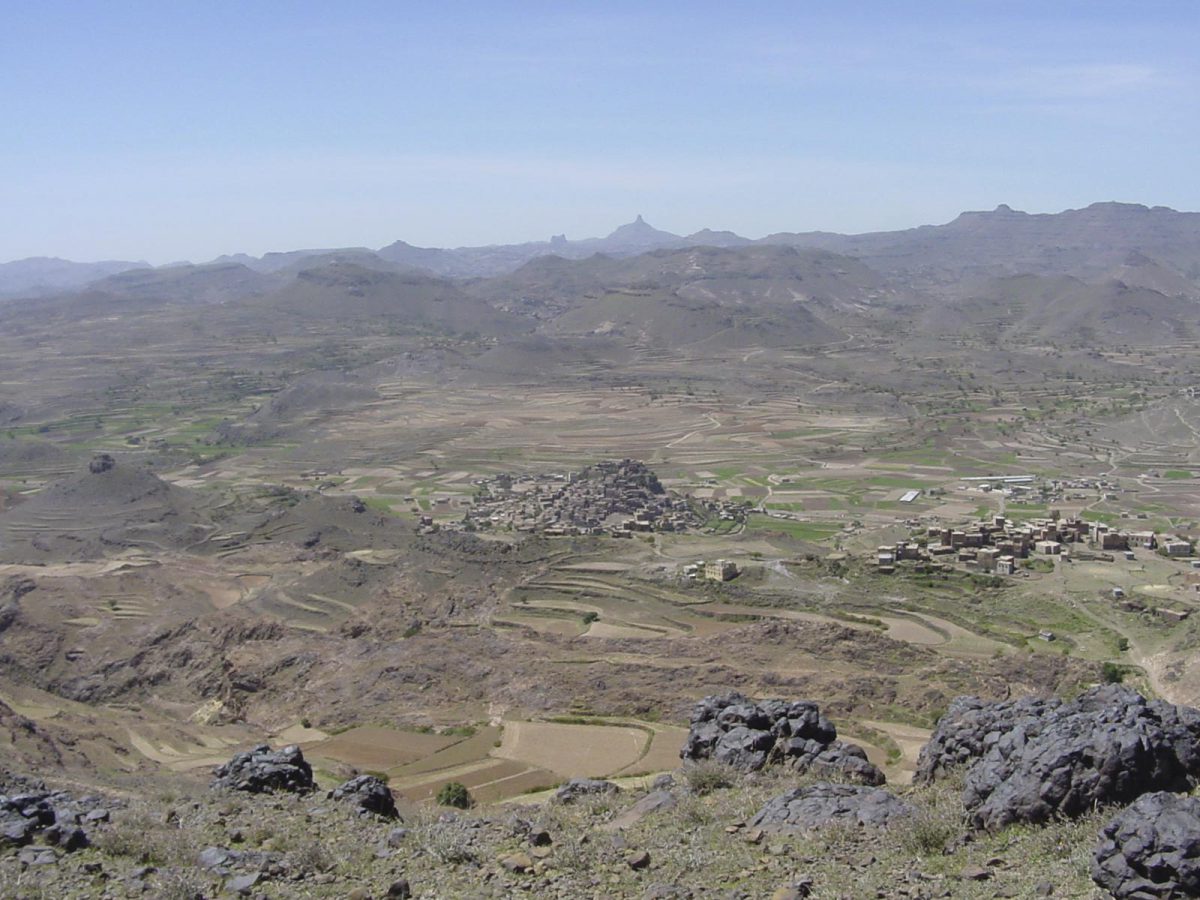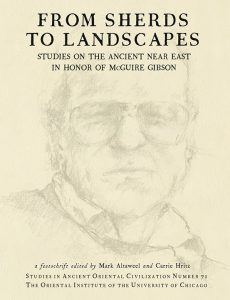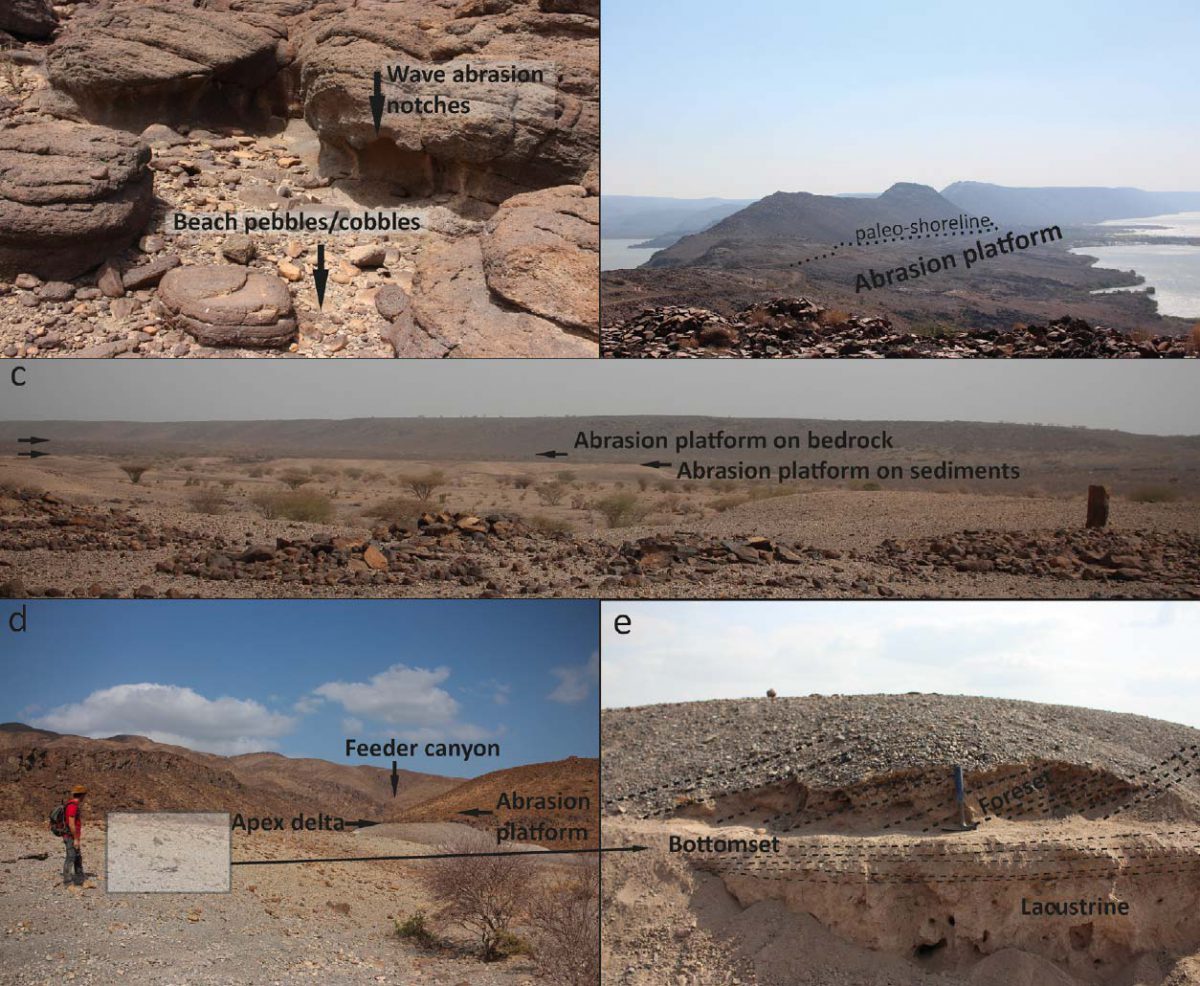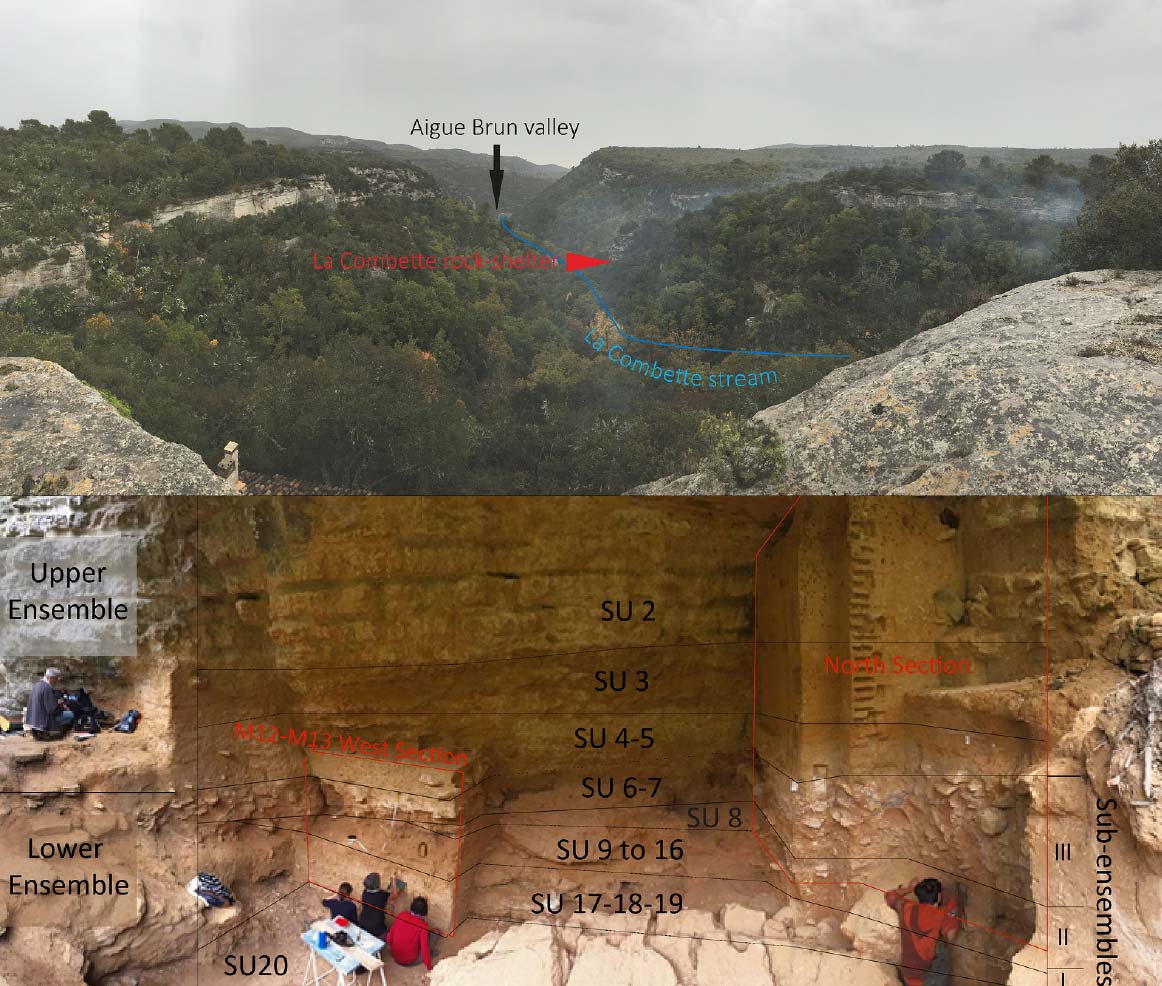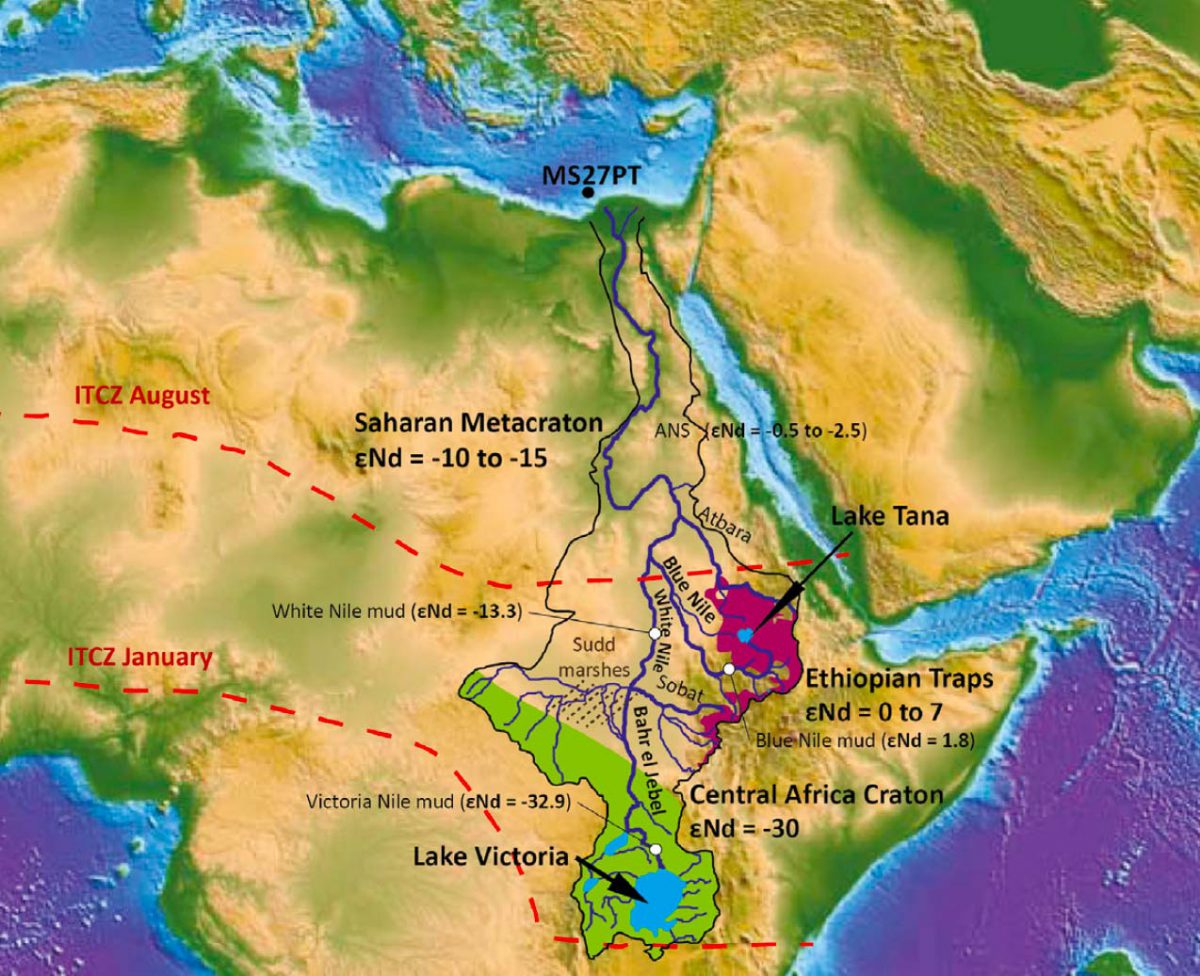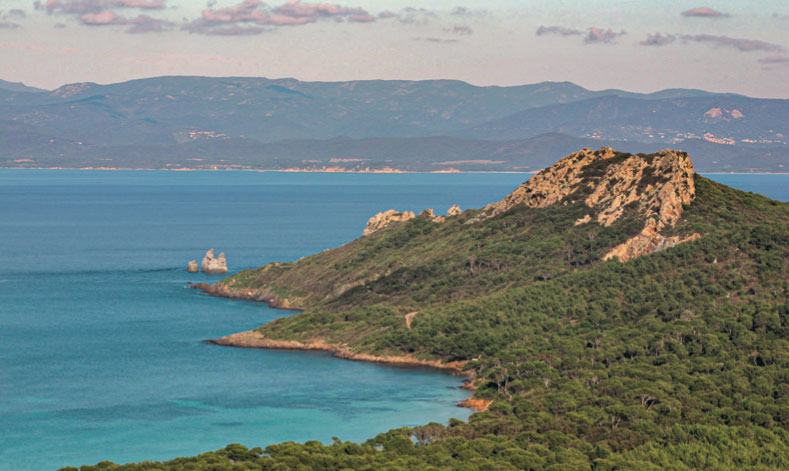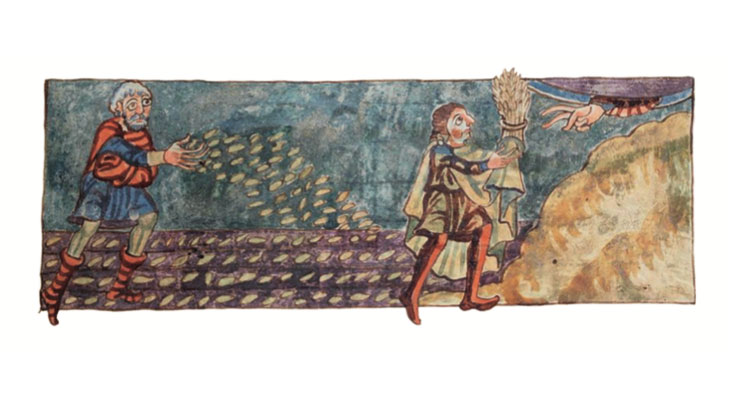Source : https://journals.openedition.org/mondesanciens/
La mer est un élément omniprésent dans le paysage méditerranéen, partagé entre des montagnes et des plaines, des côtes et des îles. La mer Égée constitue un cas caractéristique du monde méditerranéen : 72 % de la péninsule grecque et des îles égéennes se trouvent au voisinage direct de la mer ou à une distance inférieure à 25 km. Cette particularité géographique a souvent été mise en avant afin de prononcer le caractère maritime des civilisations qui se sont développées dans le pourtour égéen. Or, si le paysage égéen est marqué par son aspect marin, il est aussi habituel de constater que le domaine des hommes reste la terre. Si la mer n’est jamais trop loin, elle reste un territoire non accessible aux humains, et qui nécessite des aptitudes cognitives pour le maîtriser. Diviniser la mer et tourner le dos à la mer coexistent depuis la préhistoire, et ces deux aspects contradictoires sont bien exprimés dans les registres archéologique, textuel ou ethnographique égéen.
Ce numéro des Cahiers « Mondes anciens » aspire à interroger les différentes perceptions – visuelles, cognitives ou imaginaires – du paysage marin par les civilisations protohistoriques et historiques, à décrypter le mode opératoire d’une vie maritime au-delà de la causalité géographique ou encore de la dichotomie mer/terre ou mer/homme. Les présentes contributions proposent une relecture intégrée des écosystèmes marins et des sociétés égéennes, un anthropo-écosystème dans lequel les deux constituants s’entremêlent et se fusionnent.
Les contributions issues de ce numéro ont été présentées lors de la journée d’études « Thalassotopies. La mer vue de la terre, la terre vue de la mer dans l’Antiquité » qui a eu lieu à Paris en avril 2017, avec le soutien de l’Institut d’études avancées de Paris et d’ArScAn (UMR 7041).


